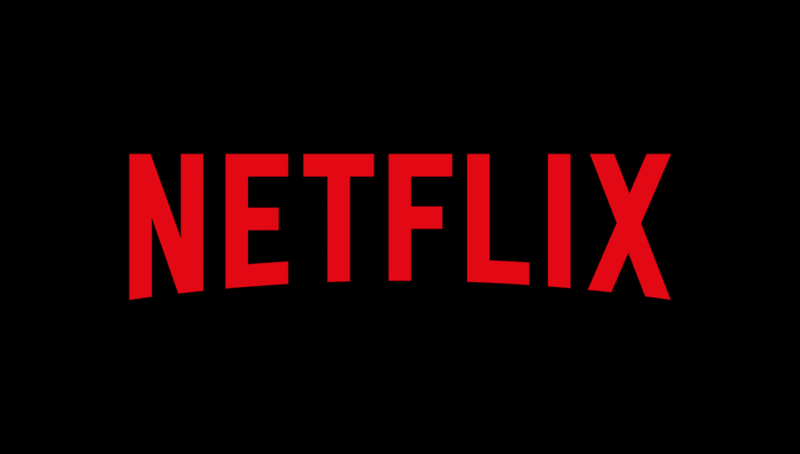Netflix’s recent performance is much better than some would have you believe
Zuora subscription strategist Nick Cherrier looks at the untold story behind the streaming giant’s subscriber numbers.
Netflix recently conducted a Q2 2021 earnings interview, and it’s triggered some negative sentiment from commentators. That negativity revolves mainly around what is perceived to be underwhelming growth in subscriber numbers. The company announced 1.54 million new users for the period and analysts had predicted growth of 1.75 million over the quarter.
I say “perceived” because I don’t think these numbers are surprising. I don’t even think they’re bad news.

While it’s true that net acquisition in North America went negative (the company lost 433,000 subscribers during the quarter), this is not a first; Netflix posted a drop in Q2 2019 as the streaming market was starting to show signs of maturity. In that case the numbers picked up again in Q3 and Q4.

